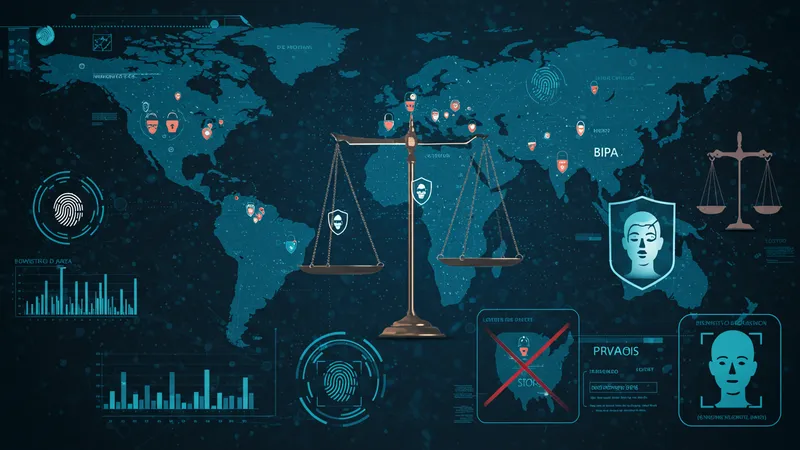
Biometric Scanners: Revolutionizing Security And Accessibility
Who Regulates Biometric Technologies?
Understanding who regulates biometric technologies is crucial to appreciating the complexities of this rapidly advancing field. On the international stage, no single governing body oversees biometric technology use, resulting in varied regulatory landscapes worldwide. This lack of uniformity can create challenges, particularly in cross-border applications where differing standards and policies may conflict.

In the United States, regulation is largely decentralized, with states enacting laws at their discretion. The Illinois Biometric Information Privacy Act (BIPA) remains the benchmark, providing robust protections for biometric data. At the federal level, efforts to establish comprehensive laws have been ongoing, highlighting the necessity of a cohesive approach to address growing privacy concerns.
The European Union, with its General Data Protection Regulation (GDPR), offers stringent rules on personal data, including biometrics, mandating explicit consent and transparency in data handling. Other nations are gradually adopting similar frameworks, acknowledging the significance of strong regulatory measures to protect civilian rights and maintain public trust.
As the global discourse on biometrics advances, developing coherent regulatory frameworks that transcend borders is imperative. These frameworks must balance the incredible potential of biometrics with essential protection of privacy and ethical integrity. The journey towards these integrated policies represents an opportunity to shape a future where biometric technology is safely and effectively harnessed for the greater good.